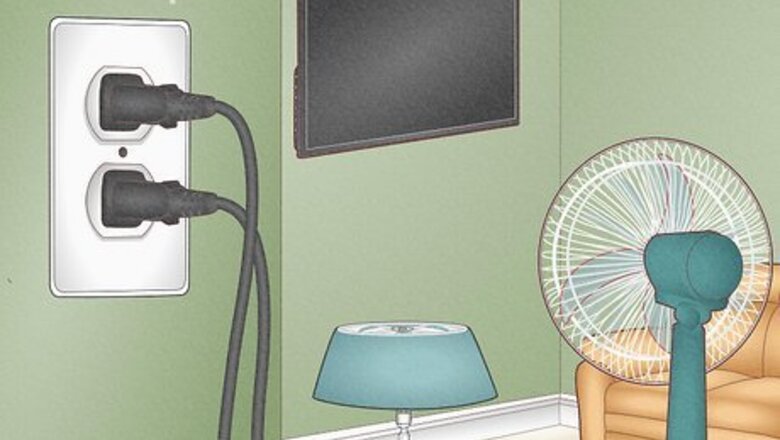
views
- 15A outlets are the most common in residential properties and power low-amp appliances like lamps, TVs, and fans.
- 20A outlets are generally found in kitchens and laundry rooms and power appliances that use lots of electricity, such as fridges and washing machines.
- A 15A outlet can replace a 20A outlet, but a 20A outlet cannot replace a 15A outlet without changing the outlet’s circuit.
What is a 15 amp outlet?
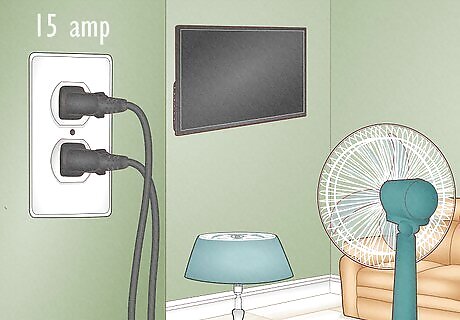
A 15 amp outlet powers most things in your living room and bedroom. This outlet is the most common amongst households and can power appliances that don’t exceed 12 amps (TVs, lamps, fans, charges, etc.). Because of this, a 15A outlet only needs to be hooked up to a 14 AWG wire.
What is a 20 amp outlet?
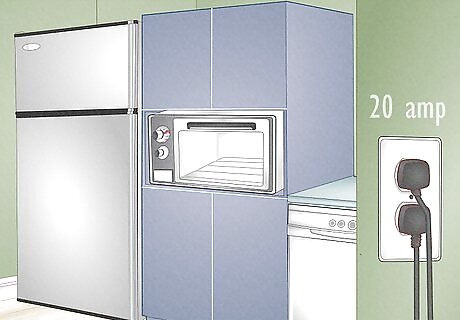
A 20 amp outlet is designed for kitchen and laundry room appliances. This outlet requires a 12 or 10 AWG (American Wire Gauge) wire and a 20 amp circuit breaker to power large appliances, like refrigerators and washing machines. 20A outlets are not usually found in every room of a house, as not as much electricity is needed to power everyday devices. Because of their high amperage, 20A outlets often come with GFCI protection that helps prevent electrocution.
Differences
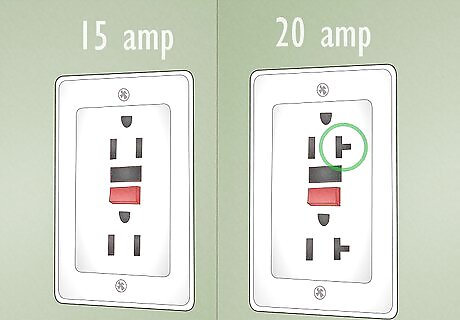
20 amp outlets have a T prong, while 15 amp outlets don’t. The best way to tell a 15A from a 20A outlet is to look at the prong style. A 15A outlet has 2 vertical slots, while a 20A outlet has a third slot that resembles a sideways T. Think of it this way: the more slots, the more amps.

15 amp outlets operate on 14 AWG wires, while 20 amp outlets use at least 12 AWG. The higher the wire gauge, the lower the amps. Because a 15A outlet only needs 14 AWG, it can easily replace a 20A outlet. However, a 20A outlet cannot replace a 15A outlet without replacing the circuit. If a 20A outlet is put on a 15A circuit, the breaker could pop or blow a fuse. It’s difficult to find a 15A outlet that will fit onto a 20A circuit breaker because of this. Keep in mind that the amperage outlet cannot exceed the circuit's amperage.
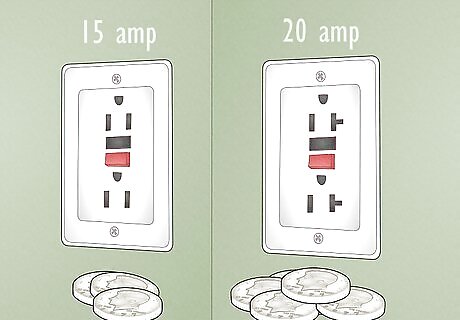
20 amp outlets tend to be more expensive overall. Since a 20A outlet requires a 20A circuit breaker and 12 or 10 AWG wire, they’re usually more expensive to install. These receptacles are not universal, which gives them a higher price tag. On the other hand, 15A outlets are universal because they can be placed on a 20A circuit if needed.
Which outlet should you install?
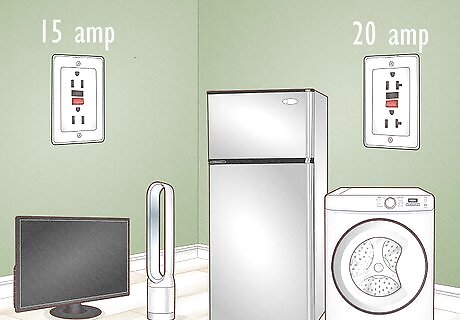
Choose 15A outlets for low-amp appliances and 20A outlets for high-amp appliances. The type of outlet you install depends on the room and circuit breaker. If you’re wiring a residential space to plug in lights and other everyday electronics that don’t exceed 15 amps, install a 15A outlet. If you’re working on a kitchen or laundry room and have a 20A circuit breaker, put in a 20A outlet. As a general rule, if what you’re plugging in requires a lot of power, use a 20A circuit and outlet. 20A outlets need an individual branch circuit so that there’s only one recipient of electricity at the end of the connection. 15A outlets can be on the same circuit, as long as the electrical load doesn’t exceed 15 amps.















Comments
0 comment